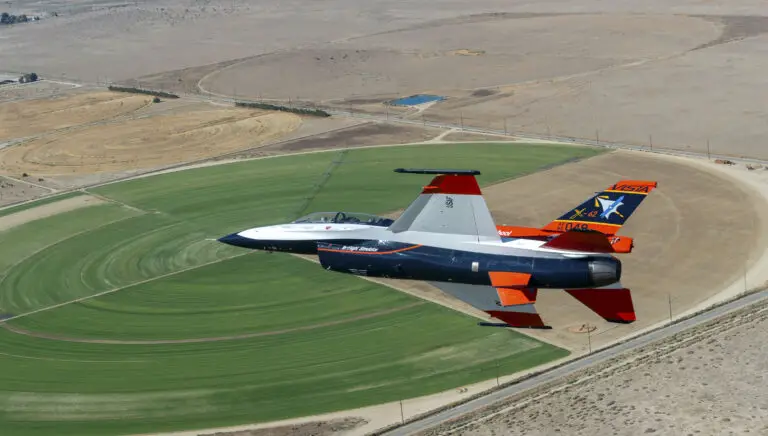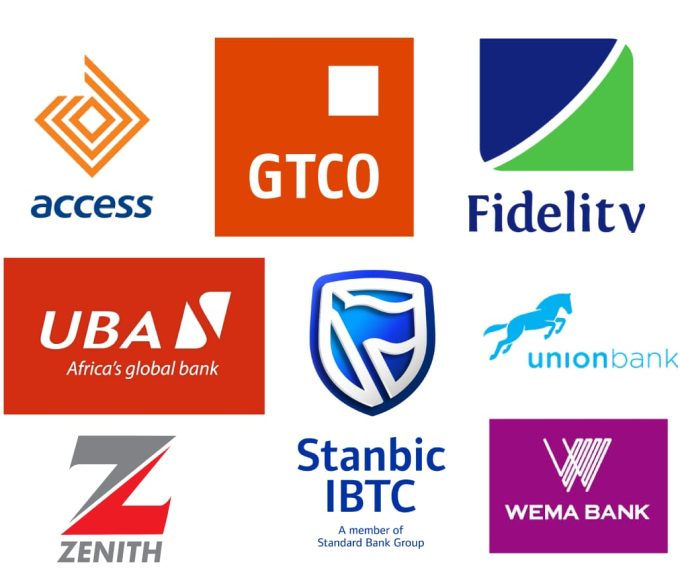
US Air Force Secretary Successfully Flies in AI-Controlled Fighter Jet

Air Force Secretary Frank Kendall boarded an experimental F-16 fighter jet controlled entirely by artificial intelligence (AI) at Edwards Air Force Base in California on Friday. The AI-controlled F-16, known as Vista, reportedly executed high-speed manoeuvres at over 550 miles per hour, subjecting Kendall to forces five times that of gravity.
“It nearly went nose to nose with a second human-piloted F-16 as both aircraft raced within 1,000 feet of each other, twisting and looping to try to force their opponent into vulnerable positions”, news agency AP reported.
The flight has, indeed, been described as one of the most significant advancements since the introduction of stealth technology in the 1990s. Stealth makes warplanes and other vehicles invisible to radar and harder to spot.
Following Kendall’s hour-long flight, he expressed confidence in the AI technology.
“At the end of the hour-long flight, Kendall climbed out of the cockpit, grinning. He said he’d seen enough during his flight that he’d trust this still-learning AI with the ability to decide whether or not to launch weapons in war,” AP narrated.
“It’s a security risk not to have it. At this point, we have to have it,” Kendall had further said about the AI-controlled jet.
This sentiment aligns with the US Air Force’s plans to develop an AI-enabled fleet of over 1,000 unmanned warplanes by 2028 as part of the Collaborative Combat Aircraft (CCA) program. The plan is that the AI-enabled drones, often called “loyal wingmen,” will complement human-piloted jets by providing support and communication capabilities.
As historic as these will be, arms control experts and humanitarian groups are deeply concerned that things may potentially go wrong. According to the International Committee of the Red Cross, “there are widespread and serious concerns about ceding life-and-death decisions to sensors and software.
“Autonomous weapons are an immediate cause of concern and demand an urgent, international political response”, it said.
Read: U.S. Job Growth Falls Short in April, Unemployment Rate Rises to 3.9%
About The Author
Related Articles
Benin and Niger Relations Deteriorate Further as Diplomatic Expulsions Escalate
Diplomatic relations between Benin and Niger have sharply deteriorated following a series...
ByWest Africa WeeklyJanuary 5, 2026Nigerian Air Force Confirms Crash of CH-4 Combat Drone in Niger State
The Nigerian Air Force has confirmed that one of its CH-4 combat...
ByWest Africa WeeklyJanuary 5, 2026Mali Survive Shootout Against Tunisia, Set Up Senegal Showdown
Mali advanced to the quarter-finals of the Africa Cup of Nations after...
ByWest Africa WeeklyJanuary 5, 2026Nigerian Banks Shut Down 229 Branches as Cost Pressures and Digital Shift Deepen
Nigeria’s banking sector has witnessed a significant contraction, with commercial banks shutting...
ByWest Africa WeeklyJanuary 5, 2026












Leave a comment